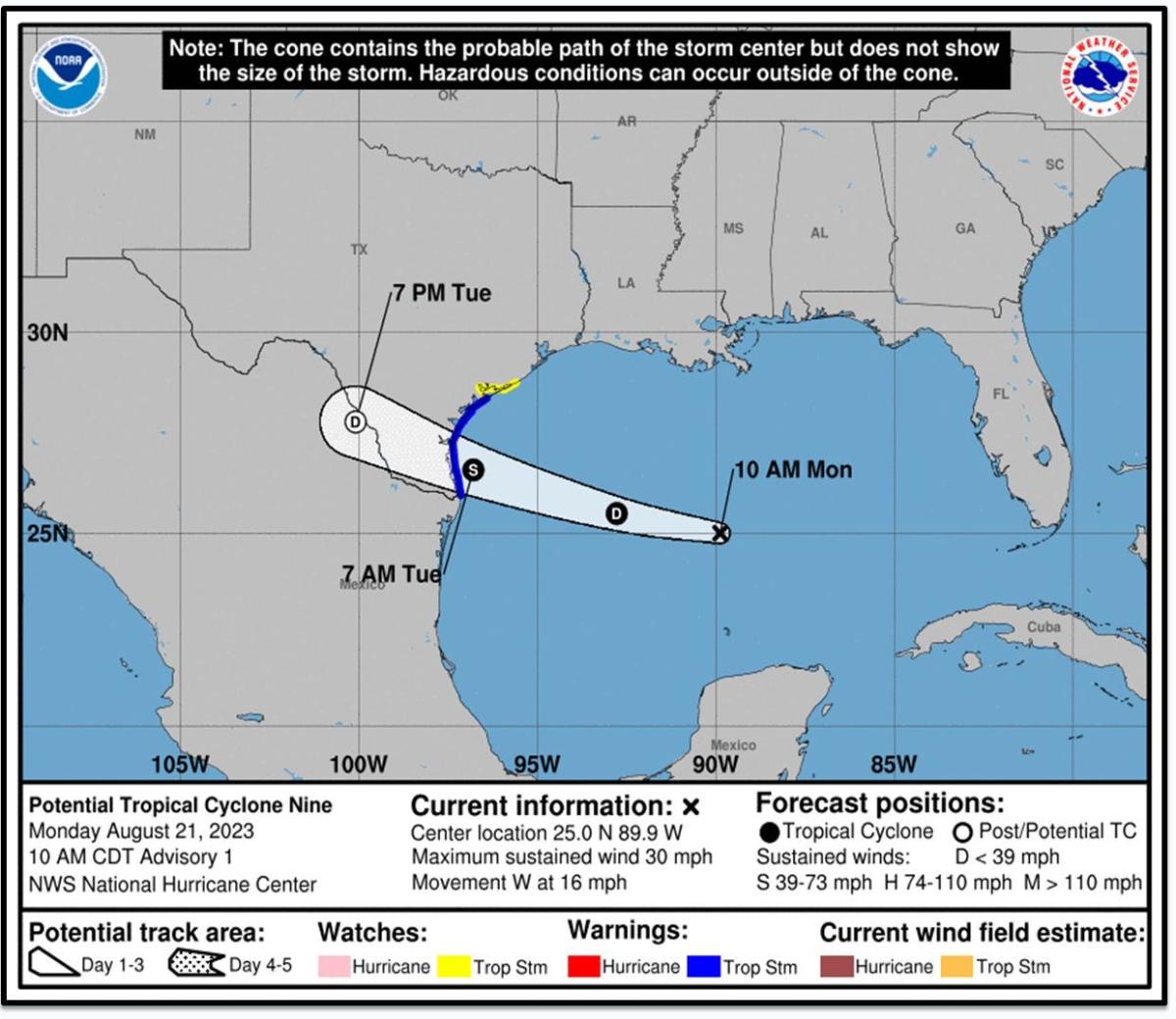Hurricane Tracking Data

Hurricane tracker – Real-time hurricane tracking data provides crucial information for predicting storm paths and preparing for potential impacts. This data includes storm name, category, wind speed, location, and projected path.
Historical data on past hurricanes that have impacted specific regions offers valuable insights into storm patterns and helps experts make informed predictions about future events.
Real-Time Tracking Data
The table below provides a comprehensive overview of real-time hurricane tracking data:
| Storm Name | Category | Wind Speed (mph) | Location | Projected Path |
|---|---|---|---|---|
| Hurricane Ian | Category 4 | 155 | Southwest Gulf of Mexico | Expected to make landfall in Florida on Wednesday |
| Tropical Storm Nicole | Tropical Storm | 65 | Central Atlantic Ocean | Expected to strengthen into a hurricane by Thursday |
Historical Hurricane Data
Historical hurricane data provides valuable insights into storm patterns and helps experts make informed predictions about future events. The table below lists some of the most notable hurricanes that have impacted specific regions in recent years:
| Hurricane | Year | Region Impacted | Category | Wind Speed (mph) |
|---|---|---|---|---|
| Hurricane Katrina | 2005 | Gulf Coast | Category 5 | 175 |
| Hurricane Sandy | 2012 | Northeastern United States | Category 1 | 90 |
| Hurricane Maria | 2017 | Puerto Rico | Category 5 | 175 |
Hurricane Preparedness Guide: Hurricane Tracker
As hurricanes become more frequent and intense due to climate change, it is crucial to be well-prepared to protect yourself, your family, and your property. This comprehensive guide Artikels essential steps to prepare for hurricanes, including evacuation plans, emergency supplies, and home safety measures. By following these recommendations, you can significantly increase your chances of staying safe during a hurricane.
The level of hurricane preparedness required will vary depending on your region and the anticipated hurricane category. The Saffir-Simpson Hurricane Wind Scale classifies hurricanes into five categories based on their sustained wind speeds: Category 1 (74-95 mph), Category 2 (96-110 mph), Category 3 (111-129 mph), Category 4 (130-156 mph), and Category 5 (157 mph or higher). Each category poses different levels of risk and requires specific preparedness measures.
Evacuation Plans
Developing an evacuation plan is a critical aspect of hurricane preparedness. Knowing when and where to evacuate can save your life. Consider the following factors when creating your plan:
- Identify potential evacuation routes and destinations. Research evacuation zones and determine the best routes to take based on your location.
- Plan for multiple evacuation destinations. In case your primary destination becomes inaccessible, have alternative options available.
- Coordinate with family and friends. Make arrangements to evacuate together or designate a meeting place in case you get separated.
- Practice your evacuation plan. Conduct a trial evacuation to familiarize yourself with the routes and identify any potential obstacles.
Emergency Supplies
Having a well-stocked emergency kit is essential for survival during a hurricane. Your kit should include the following items:
- Water (1 gallon per person per day for at least three days)
- Non-perishable food (canned goods, granola bars, energy drinks)
- First-aid kit
- Medications (prescription and over-the-counter)
- Flashlights and extra batteries
- Battery-powered radio
- Whistle
- Multi-tool or pocket knife
- Cash (ATMs may not be accessible during a hurricane)
- Important documents (passports, insurance cards, medical records) in a waterproof container
- Pet supplies (food, water, medications, leash)
Home Safety Measures, Hurricane tracker
Securing your home before a hurricane is crucial to minimize damage. Take the following steps to protect your property:
- Board up windows and doors. Use plywood or hurricane shutters to prevent windows from shattering and protect against wind-driven debris.
- Secure loose outdoor items. Bring in or tie down patio furniture, grills, and other items that could become projectiles in high winds.
- Trim trees and shrubs. Remove dead or overhanging branches that could fall on your home or power lines.
- Protect your roof. Inspect your roof for loose shingles or tiles and make repairs as necessary.
- Clear gutters and downspouts. Remove any debris that could clog gutters and cause water damage.
- Elevate valuables. Move important belongings to higher floors or waterproof containers to protect them from flooding.
Hurricane trackers keep a watchful eye on the swirling storms, monitoring their paths and intensity. One such storm, Beryl, has been tracked closely, and its path can be seen in real-time. As the hurricane moves, the tracker updates its information, providing valuable insights into its trajectory and potential impact.
The hurricane tracker app on my phone buzzed with a warning, and I couldn’t help but think about the recent incident of a misgendering flight attendant. The storm’s path was relentless, just like the pain that comes with being misgendered.
But like the hurricane tracker, I have to stay alert, prepared for the unexpected turns life may take. The hurricane’s fury is a reminder that there’s always hope, just as there’s always a way to stand up for our identities.
